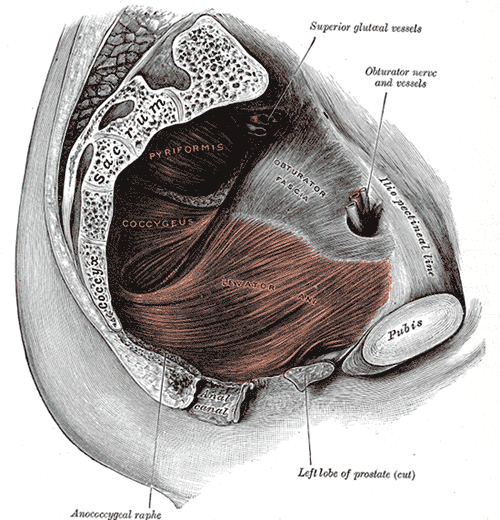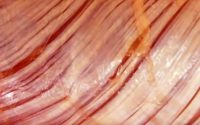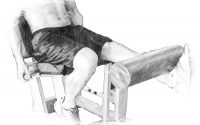Myofascial Therapy Improves Pain in Chronic Pelvic Pain Syndrome
Chronic pelvic pain syndrome (CPPS) shows pelvic pain with common symptoms on the anterior abdominal wall, and the lumbosacral back or the buttocks. It is multifactorial pain disorder which could be due to structural and functional muscular abnormalities, dysfunctional pain systems, and psychological distress. Myofascial Therapy on the pelvic floor is commonly applied to improving pelvic muscle functioning, however the mechanisms that lead to pain alleviation have not yet been established.
A longitudinal study published in Pain Research and Management examined the local and systemic effects of myofascial therapy intervention on CPPS patients. The study based in Haifa, Israel, recruited 50 CPPS women, where 39 received myofascial therapy and 11 as control, nontreated. Myofascial therapy included myofascial trigger point release, stretching of the trigger point region and myofascial release. The treatment group also learned how to self-train their pelvic muscles to contract and relax. The treatment was 8 weekly 1 hour treatments with a specialist pelvic physical therapist. In addition, the patients were asked to perform a minimum of two self exercises at home weekly. The measurements include morphologic assessment of the levator ani using ultrasound, quantitative sensory testing of the pain system and evaluation of pain-related psychological factors using designated questionnaires. All measures were evaluated both before and after myofascial therapy. The long-term effects were also evaluated 3 and 9 months after treatment.
The results show that the myofascial therapy group showed an improvement in
- Clinical pain intensity and sensitivity to pain according to the Conditioned Pain Modulation Paradigm which tested the diffuse noxious inhibitory control (DNIC) which simply “pain inhibits pain”, where the treatment induces systemic inhibitory effect and pain alleviation.
- Psychosocial parameters (anxiety state and trait, pain catastrophizing, somatization, and depression), which can also alleviate pain
- Anatomical parameters: increase in the width of the levator ani, which has a role in supporting the pelvic organs and the functional mechanism of the sphincter.
Clinical pain evaluation at 3 and 9 months after treatment showed a significant improvement.
Myofascial therapy can relieve muscle hypertonicity, reduces the sensitivity to experimental pain, improves the functionality of the pain inhibitory system, and decreases psychological distress. The findings of this study suggest multisystemic (direct and indirect anatomical, neurophysiological, and psychological) effects of myofascial therapy on CPSS.



